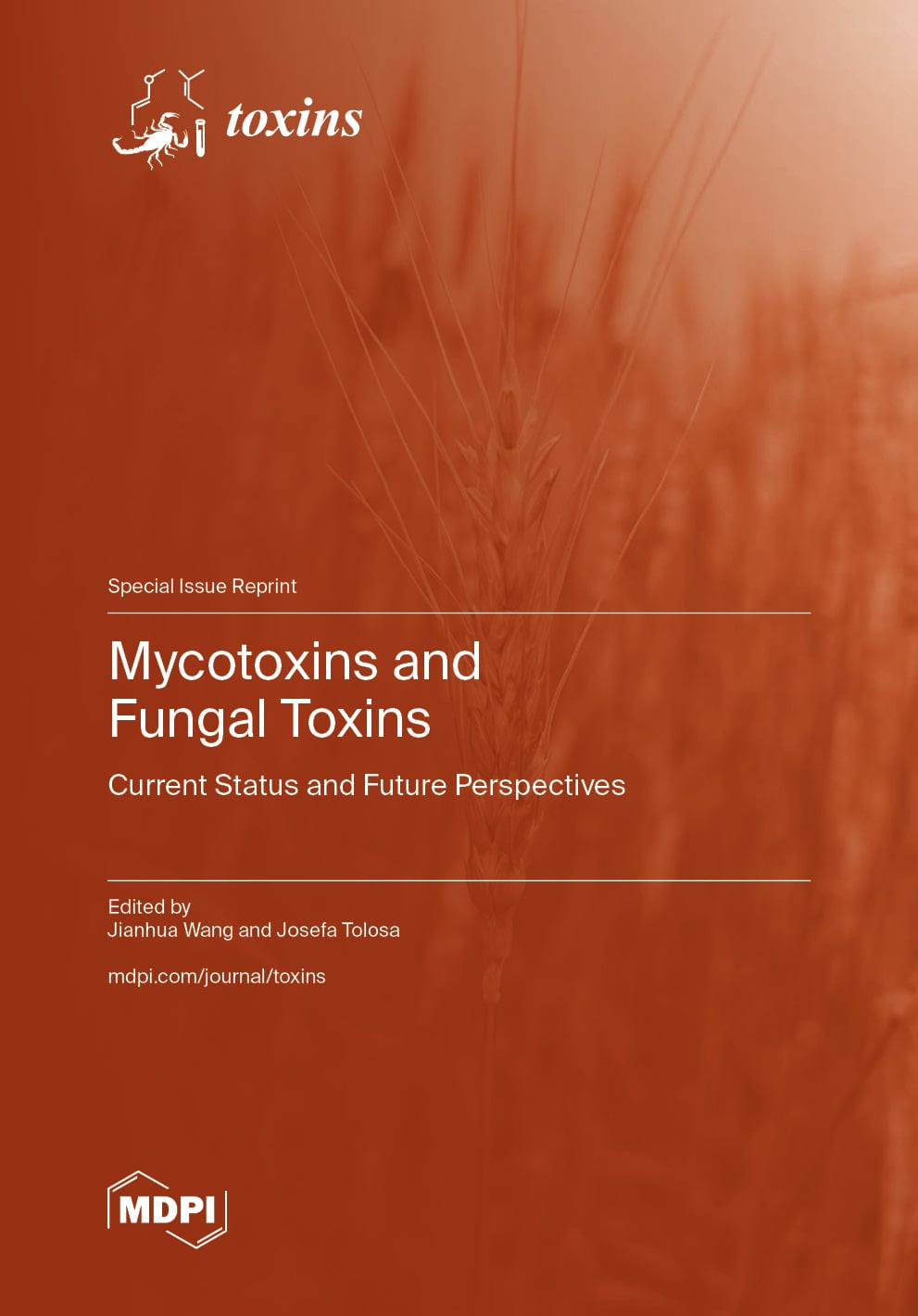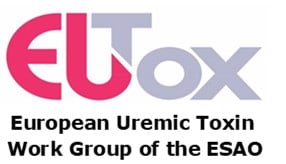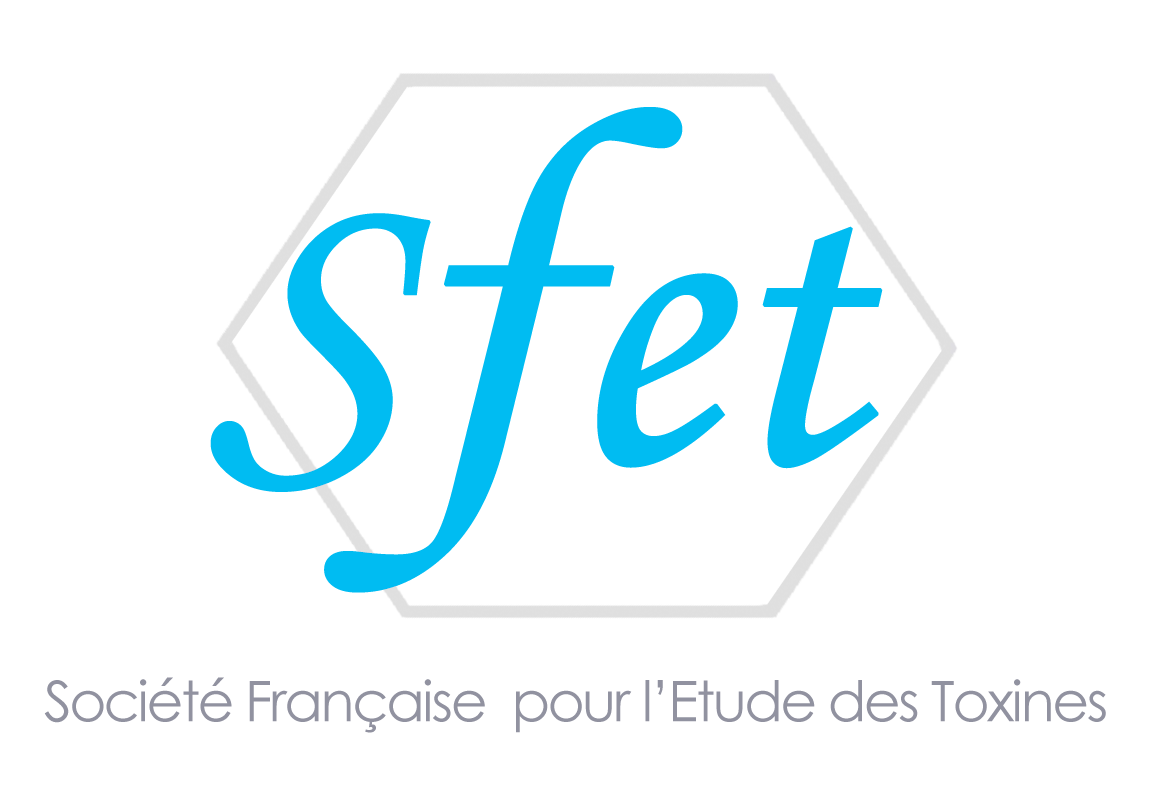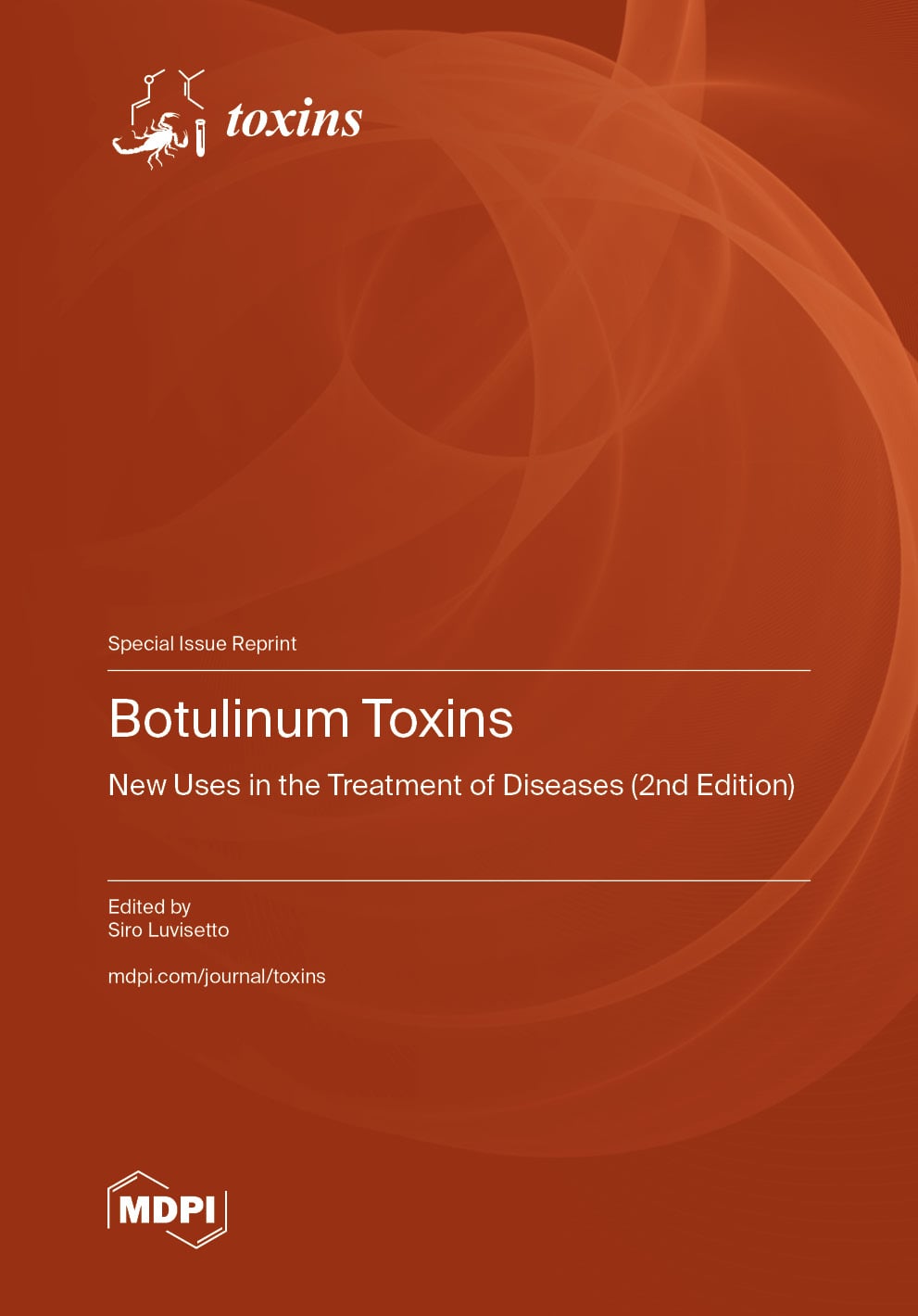- 4.0Impact Factor
- 8.2CiteScore
- 19 daysTime to First Decision
Toxins
Toxins is an international, peer-reviewed, open access journal related to toxinology and all kinds of toxins (biotoxins) from animals, microbes and plants, and published monthly online by MDPI.
The French Society of Toxinology (SFET), International Society for Mycotoxicology (ISM), Japanese Society of Mycotoxicology (JSMYCO) and European Uremic Toxins (EUTox) Work Group are affiliated with Toxins and their members receive a discount on the article processing charges.
Indexed in PubMed | Quartile Ranking JCR - Q1 (Toxicology)
All Articles
News & Conferences
Issues
Open for Submission
Editor's Choice
Reprints of Collections

Reprint
Mycotoxins and Fungal Toxins
Current Status and Future PerspectivesEditors: Jianhua Wang, Josefa Tolosa





